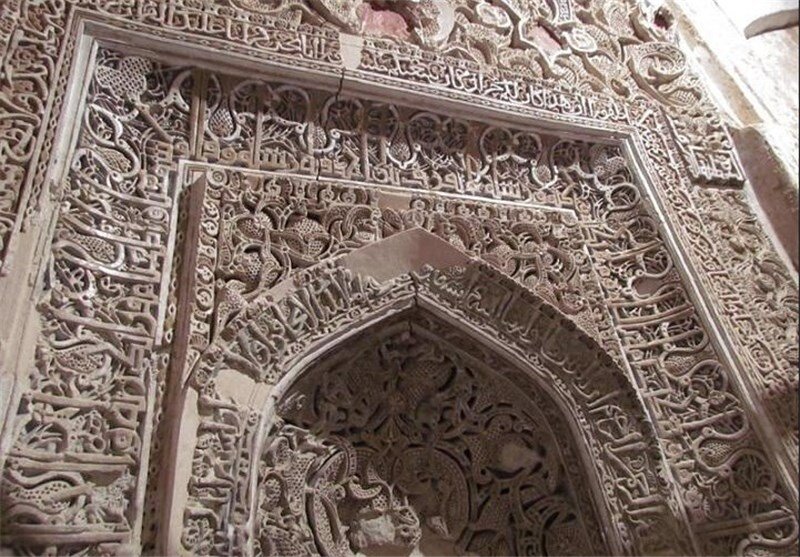Historical monuments in Abarkuh open doors to public in Noruz

TEHRAN –Two historical monuments in the ancient city of Abarkuh, central Yazd province are planned to open their doors to the public for the first time in the Noruz holidays (starting on March 21), a local tourism official has said.
The Seljuk era (1037–1194) Aziz al-Din Nasafi Tomb’s mihrab, a semicircular niche in the wall of a mosque that points out the qibla - the direction of the Kaaba in Mecca, and the Qajar-era Omid Salar Mansion are being prepared for the public visits, Javad Adel explained on Friday.
One of the most unique historical attractions of the region is the architecture and plasterwork of the mihrab, he noted.
Both monuments have been registered on the national heritage list, he added.
In July 2017, the historical structure of the city of Yazd was named a UNESCO World Heritage. Wedged between the northern Dasht-e Kavir and the southern Dasht-e Lut on a flat plain, the oasis city enjoys a very harmonious public-religious architecture that dates from different eras.
Yazd is usually referred to as a delightful place to stay, or a “don't miss” destination by almost all of its visitors. It teems with mud-brick houses that are equipped with innovative badgirs (wind catchers), atmospheric alleyways, and many Islamic and Iranian monuments that shape its eye-catching city landscape.
It is a living testimony to the intelligent use of limited available resources in the desert for survival. Water is brought to the city by the qanat system. Each district of the city is built on a qanat and has a communal center.
The use of earth in buildings includes walls and roofs through the construction of vaults and domes. Houses are built with courtyards below ground level, serving underground areas. Wind catchers, courtyards, and thick earthen walls create a pleasant microclimate.
Partially covered alleyways, together with streets, public squares, and courtyards, contribute to a pleasant urban quality. The city escaped the modernization trends that destroyed many traditional earthen cities.
It survives today with its traditional districts, the qanat system, traditional houses, bazaars, hammams, water cisterns, mosques, synagogues, Zoroastrian temples, and the historic garden of Dolat-Abad. The city enjoys the peaceful coexistence of three religions: Islam, Judaism, and Zoroastrianism.
ABU/AM
